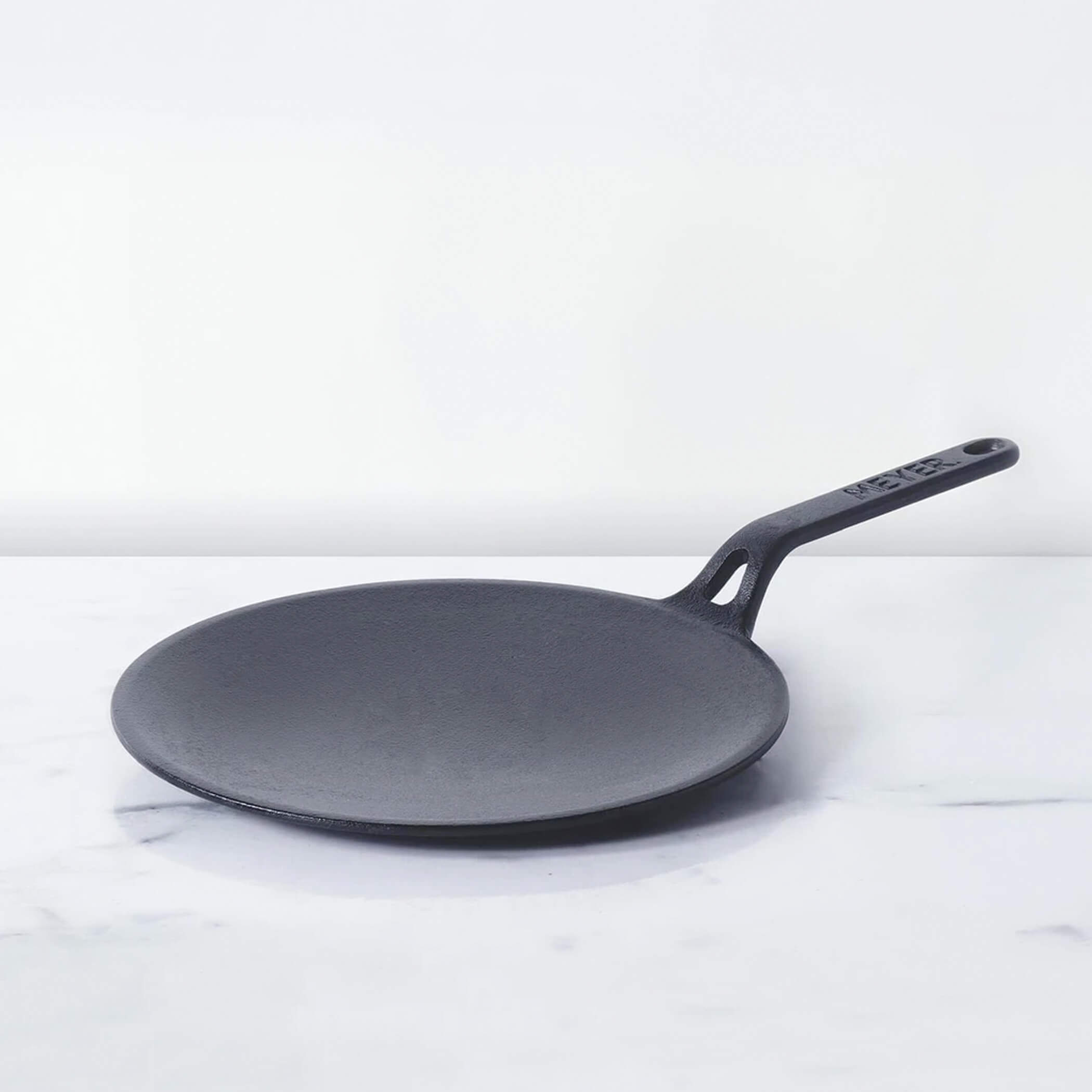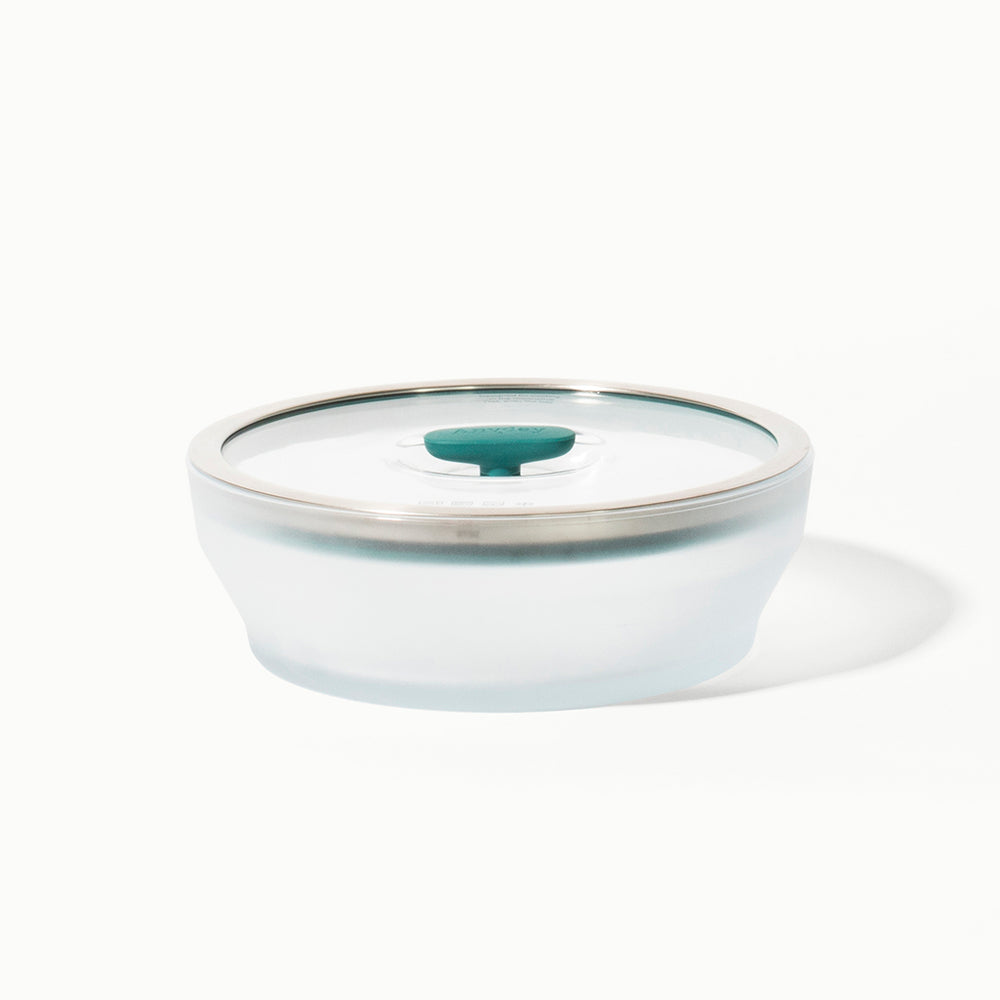A stainless steel pressure cooker is a valuable kitchen tool, known for its durability and reliability. Proper maintenance ensures it remains functional and visually appealing for years to come. Here's a comprehensive guide to help you maintain your stainless steel pressure cooker.
Table of Contents
- Daily Maintenance Tips
- Deep Cleaning Techniques
- Storage Tips
- Preventive Measures
- When to Replace Parts
- Benefits of Proper Maintenance
- Conclusion
Daily Maintenance Tips
-
Clean After Every Use:
- Wash your pressure cooker thoroughly with warm soapy water.
- Use a soft sponge or cloth to prevent scratches.
- Pay extra attention to the rim, gasket, and valve areas.
-
Avoid Abrasive Cleaners:
- Do not use steel wool or harsh abrasives as they can damage the stainless steel surface.
- Opt for stainless steel-specific cleaners for tough stains or discoloration.
-
Rinse Thoroughly:
- Ensure all soap residue is rinsed off to avoid staining or dullness.
- Dry immediately with a clean towel to prevent water spots.
Deep Cleaning Techniques
-
Remove Burnt Residue:
- Fill the cooker with water and a few drops of dish soap. Boil for a few minutes and let it cool before scrubbing gently.
- For stubborn residue, sprinkle baking soda on the affected area and scrub with a soft sponge.
-
Eliminate Stains and Discoloration:
- Use a mixture of vinegar and water (1:1 ratio) to remove white spots caused by hard water.
- For heat discoloration, apply a stainless steel polish or a paste of baking soda and water.
-
Clean the Gasket:
- Remove the rubber gasket and wash it separately with mild soap and water.
- Check for cracks or deformities and replace it if necessary.
-
Clear the Pressure Valve:
- Check the pressure valve for blockages by holding it under running water.
- Use a toothpick or small brush to remove debris if needed.
Meyer Pre Seasoned Cast Iron curved Kadai without Lid, 24cm
Storage Tips
-
Store with Lid Open:
- Leave the lid slightly ajar or upside down to prevent odors and maintain airflow.
- Ensure all parts are completely dry before storage.
-
Protect the Gasket:
- Store the gasket separately or place it loosely inside the cooker to prevent deformation.
-
Avoid Overcrowding:
- Store your pressure cooker in a dry, cool place away from heavy pots or utensils that might cause dents.
Preventive Measures
-
Use Appropriate Utensils:
- Avoid using metal spoons or sharp utensils inside the cooker to prevent scratches.
- Opt for wooden or silicone tools.
-
Cook on Medium Heat:
- Stainless steel can retain heat efficiently. Cooking on medium heat prevents food from sticking and reduces the chances of discoloration.
-
Follow Manufacturer Guidelines:
- Adhere to the user manual for specific maintenance instructions and safety tips.
When to Replace Parts
-
Rubber Gasket:
- Replace every 12-18 months or sooner if you notice cracks, hardening, or leaks.
-
Pressure Valve:
- Inspect regularly and replace if it’s not functioning correctly or appears damaged.
-
Handles:
- Check for loose or damaged handles and tighten or replace them as necessary.
-
Safety Plug:
- Replace the safety plug if it shows signs of wear or doesn’t function properly.
Benefits of Proper Maintenance
- Enhanced Longevity: Regular care ensures your cooker lasts for years.
- Optimal Performance: Prevents issues like uneven cooking or pressure buildup problems.
- Safety: Well-maintained components reduce the risk of accidents.
- Cost Efficiency: Avoid frequent replacements or repairs with consistent upkeep.
Conclusion
Maintaining your stainless steel pressure cooker is simple and rewarding. With proper care, this versatile appliance can serve you and your family for a long time, providing delicious meals with minimal effort. Follow these tips, and your cooker will remain as good as new!












Leave a comment